6 daredevil drum sound design tips
March to the beat of your own drum with these often-overlooked techniques
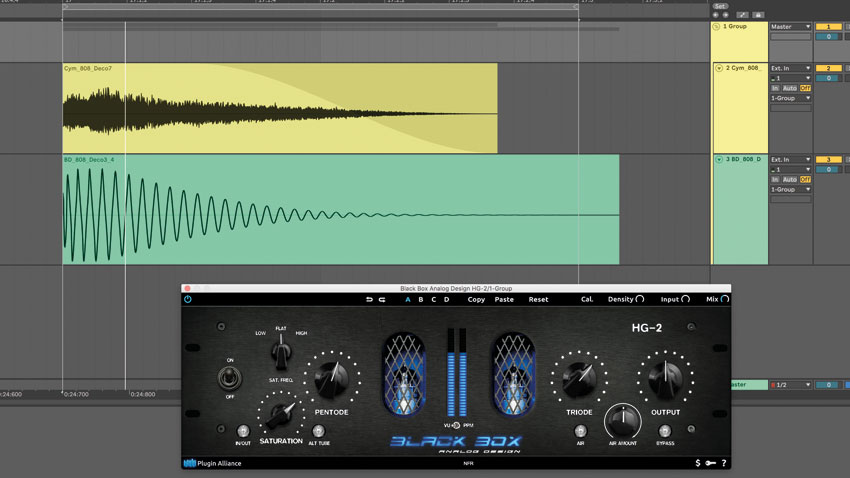
Drums and percussion might not be the first things that come to mind when considering the art of sound design, but there's plenty of potential in those short, transient-based sounds for manipulation, layering and other techniques.
Here are half a dozen things you can try to get your beats sounding madder and badder than ever. For more sound design tips, get the February 2019 edition of Future Music.
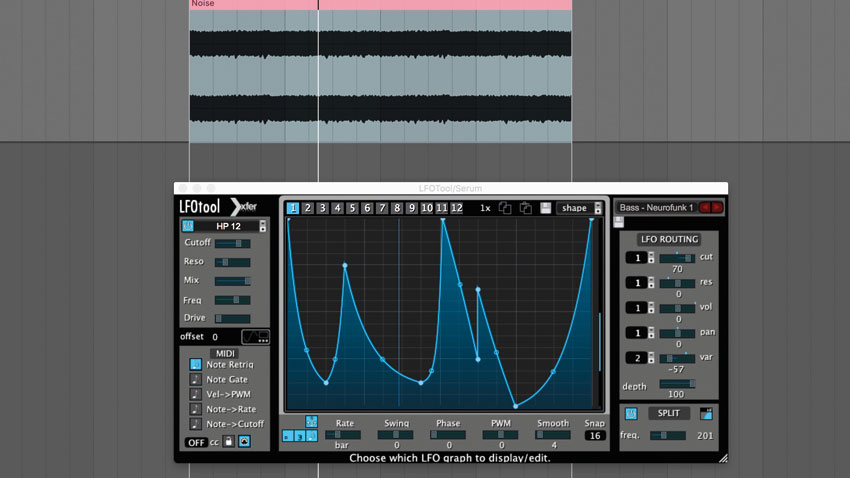
1. Noise grooves
As expert synthesists will know, noise is the perfect raw material for drum design. Lay down a solid stream of noise - be it from a synth, field recording or other source - under a kick drum, then use some kind of rhythmic plugin to chop and carve the noise into a groovy percussion layer. Add distortion, spatial effects, auto-pan and virtual ambience in order to give your new groove extra depth and personality.
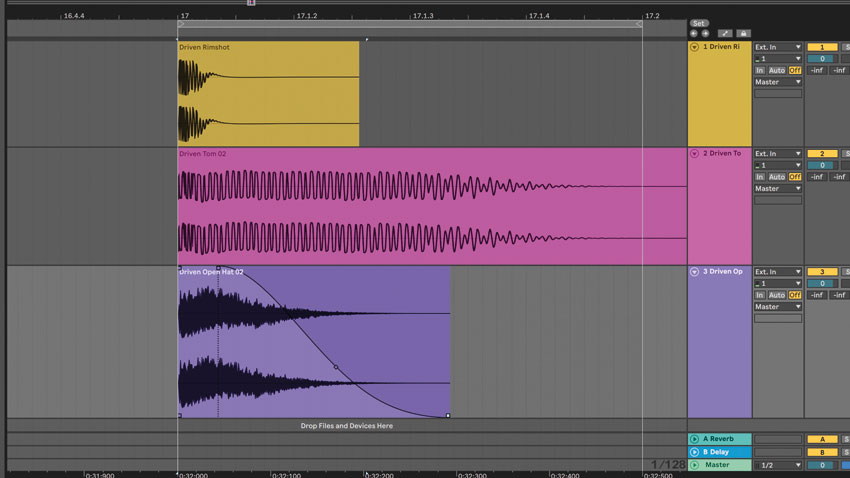
2. Bastardising beatboxes
Using an 808 or 909 kick is a standard move… but who wants to be standard? Instead, forge your own bass drum by layering unusual drum machine sounds: for example, a pitched-down low tom for weight, a rimshot for transient snap and an enveloped open hi-hat for ‘smash’. Tune the hits to fit each other, meld those layers together with forceful analogue overdrive, then compress to taste.
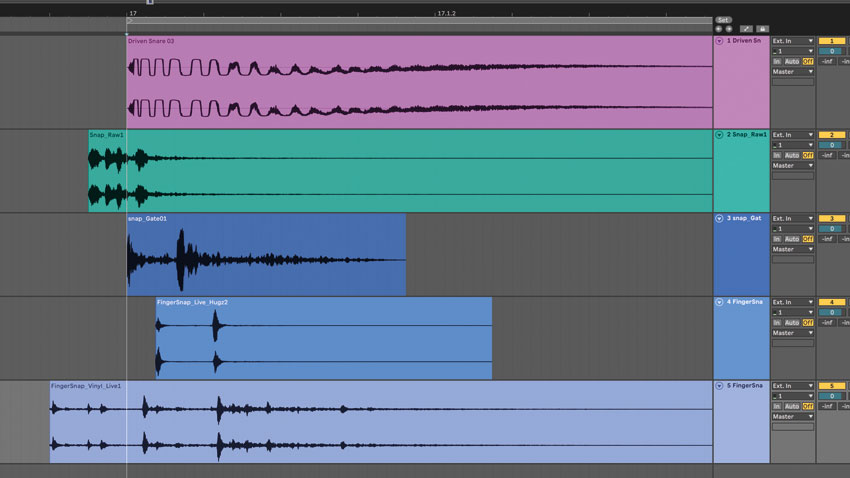
3. Clap attack
Give stock drum machine snares some ‘live’ flavour by recording yourself clapping or finger-snapping into a microphone, then stacking several of these clicky layers over the solid hit. Chop your recordings into discrete chunks of audio, transpose each one differently, pan them to different stereo positions, and - most importantly - tweak their timings slightly off the grid, so that some fire earlier and others arrive later.
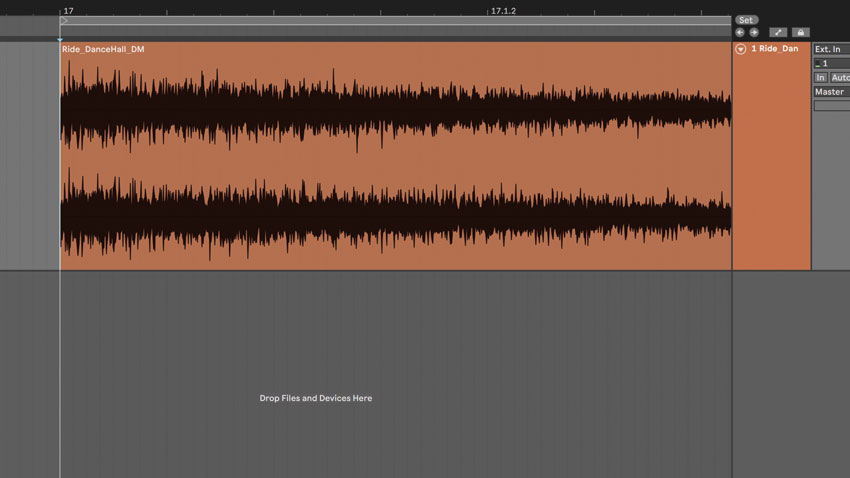
4. Looking shifty
The atonal nature of a frequency shifter makes it the perfect processor for weird drum tuning tasks. Use your frequency shifter plugin to add thickness to overly thin open hi-hats and cymbals: first, shift the sound’s frequency down a fair bit, then use the plugin’s wet/dry mix to cull back the shifted signal until you’ve balanced the perfect blend of thin brightness and density. You can automate this mix amount in different points in your arrangement, too, to vary the impact.
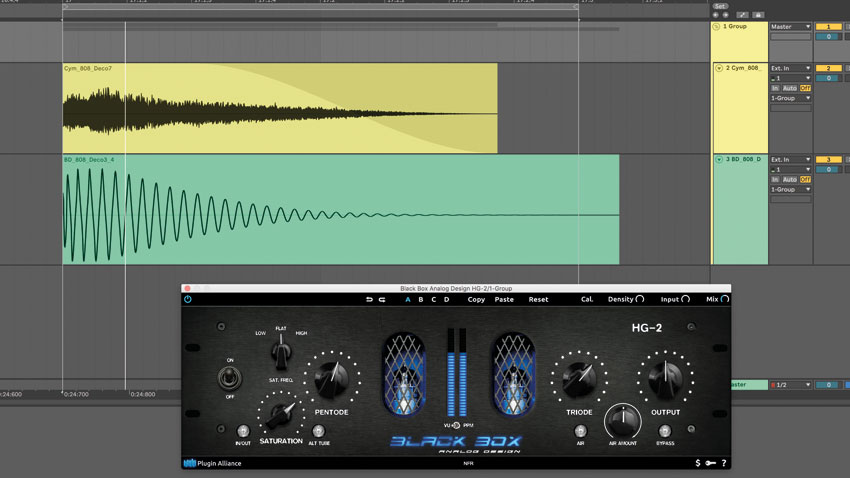
5. Distorted reality
When personalising beats from drum machines, your first processor of choice should probably be a saturator or distortion stage - and one of the juiciest effects in underground dance music is the sound of a heavy bass drum distorted together with an 808 hi-hat line or cymbal. Take this effect further with a parallel approach.
Get the MusicRadar Newsletter
Want all the hottest music and gear news, reviews, deals, features and more, direct to your inbox? Sign up here.
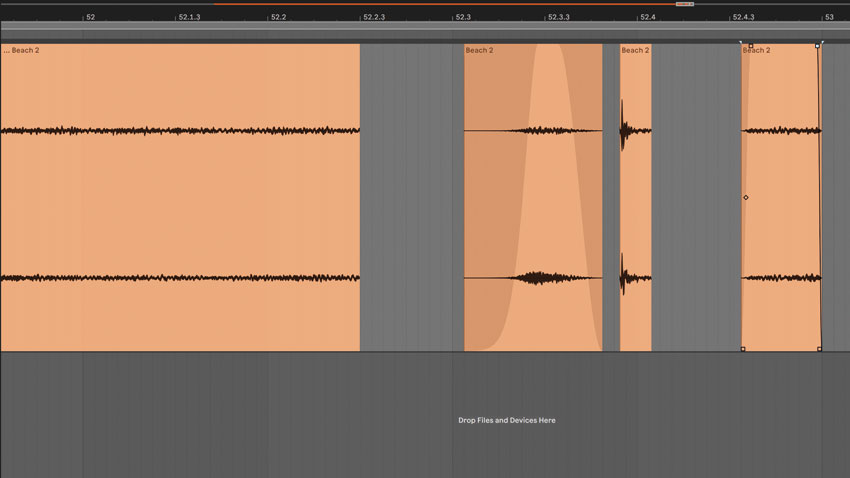
6. Nature's percussion
Find your own eccentric percussion sounds by heading outside with a field recorder and recording yourself hitting objects of all kinds - echoey tunnel walls, knocky trees, thuddy bricks and clangy metal surfaces will all produce unique percussive timbres that you can load in your DAW, chop up and process into flavoursome hits that the dancefloor will go wild for.
Future Music is the number one magazine for today's producers. Packed with technique and technology we'll help you make great new music. All-access artist interviews, in-depth gear reviews, essential production tutorials and much more. Every marvellous monthly edition features reliable reviews of the latest and greatest hardware and software technology and techniques, unparalleled advice, in-depth interviews, sensational free samples and so much more to improve the experience and outcome of your music-making.










